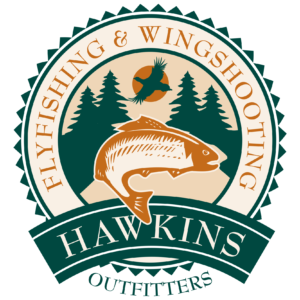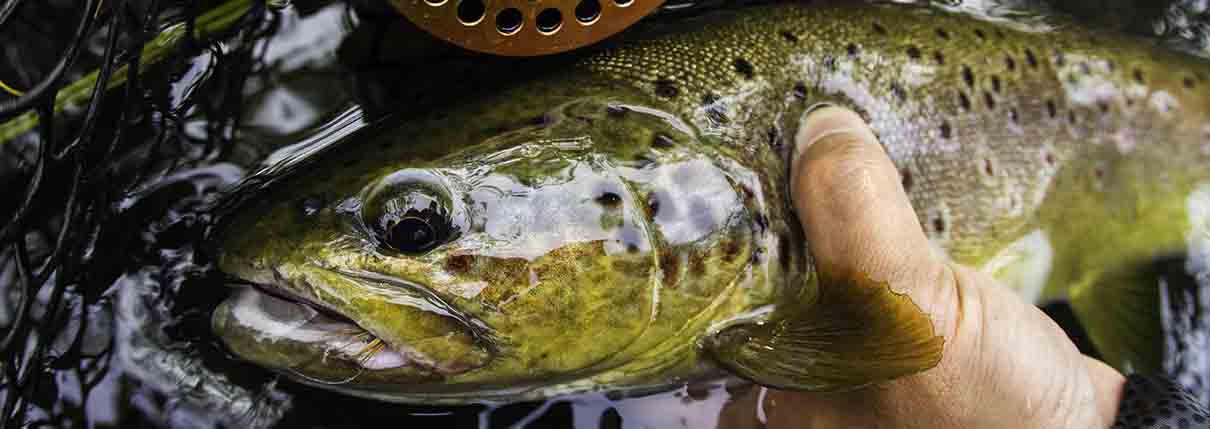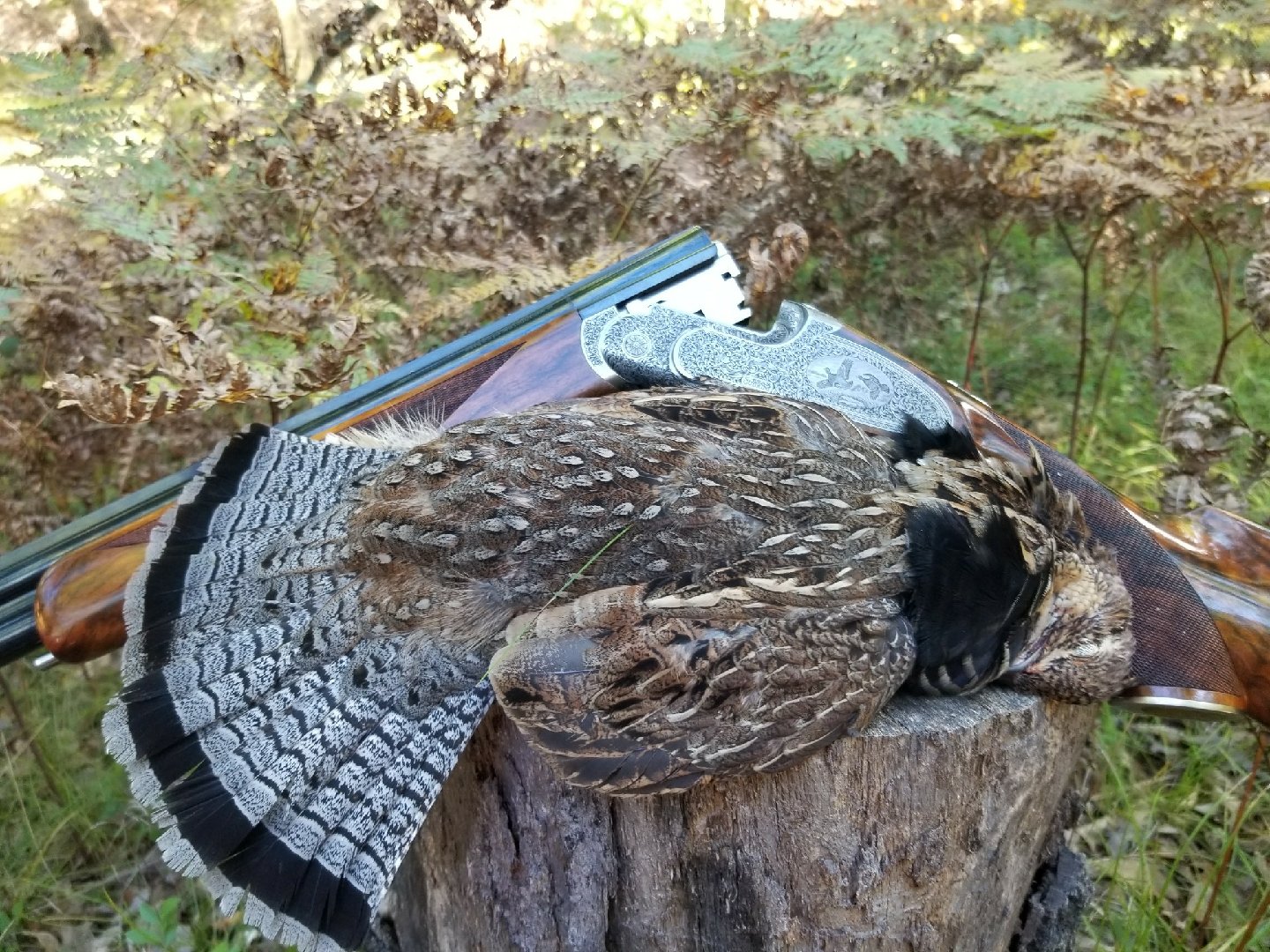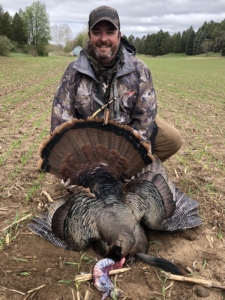What Do I Need to Chase Spring Turkeys Like This?
This is the turkey that I took last year and is a good representation of what typically happens in a late morning to afternoon bird. You will notice that I’m in a field with pines on the sides (the ones I was sitting in are off to my right) and this was the result of a spot and stalk style of hunting. To learn more about what gear you need to get your bird, please read below.
Basic Spring Turkey Gear
It’s April and you have been out looking for antler sheds, or possibly early mushrooms, and you keep hearing the age-old call of the turkey gobble. This gets you wondering what gear you need to hunt these very elusive birds. There are many different methods to try and get the jump on these birds and their “sixth sense”. This article will get you started on the gear side.
1. Calls
The first thing to do is to get some calls, typically a box and slate call. Next, get on YouTube and watch to some turkey videos. You will be learning to make calls that females (hens) make as they move through the woods. You will want to initially focus on yelps, cutting, clucks and purrs.
2. Camouflage
Turkeys have some of the most keen eyesight of any animal you will pursue. Therefore, you want to get some good camo. This doesn’t mean that you need to get the latest and greatest camo pattern. You just need something that will break up your silhouette. Most guys and gals use a turkey vest to carry decoys and calls, as well as some way to sit at the base of a tree or deadfall. Consider face masks (or paint) and gloves as well to camouflage your skin and any reflection off of it.
3. Choke Tube & Shotgun
Either a 12 or 20 gauge works well but you will generally only have one chance at a gobbler. What is more important is your choke. There are a plethora of extra tight turkey choke tubes out there. I use one, but have also used full/extra full chokes as well. Any shot over 50 yards begins to push the envelope, so sighting in your shotgun with the choke makes the most sense at that range or closer.
4. Decoys
Although marketers will tell you that you have to have a bunch of options here, a traditional hen decoy (and maybe a jake, or young of the year bird) are all that you should initially worry about. Set them up about 20 or 30 yards away in a place that turkeys can see them and make a mental note of their distance so that you can safely judge shot distance for a clean kill.
Turkey hunting takes patience. You can find where birds are roosting and set up on them only to have them fly down away from you and not want to listen to your calls. Maybe you find a good strutting area where the gobblers try and impress the hens late morning and then it rains. Or you can try and set up on birds returning to that roost and they move to a secondary roost due to weather or harassment during the day from hunters or predators.
Like all hunting, it is sometimes part of the journey. However, I can promise you that the eventual harvest is worth that journey!
For more information on turkey hunting with us, click here. Or, if you want to learn more or book a hunt, email Chris or call the office at 231-228-7135!






